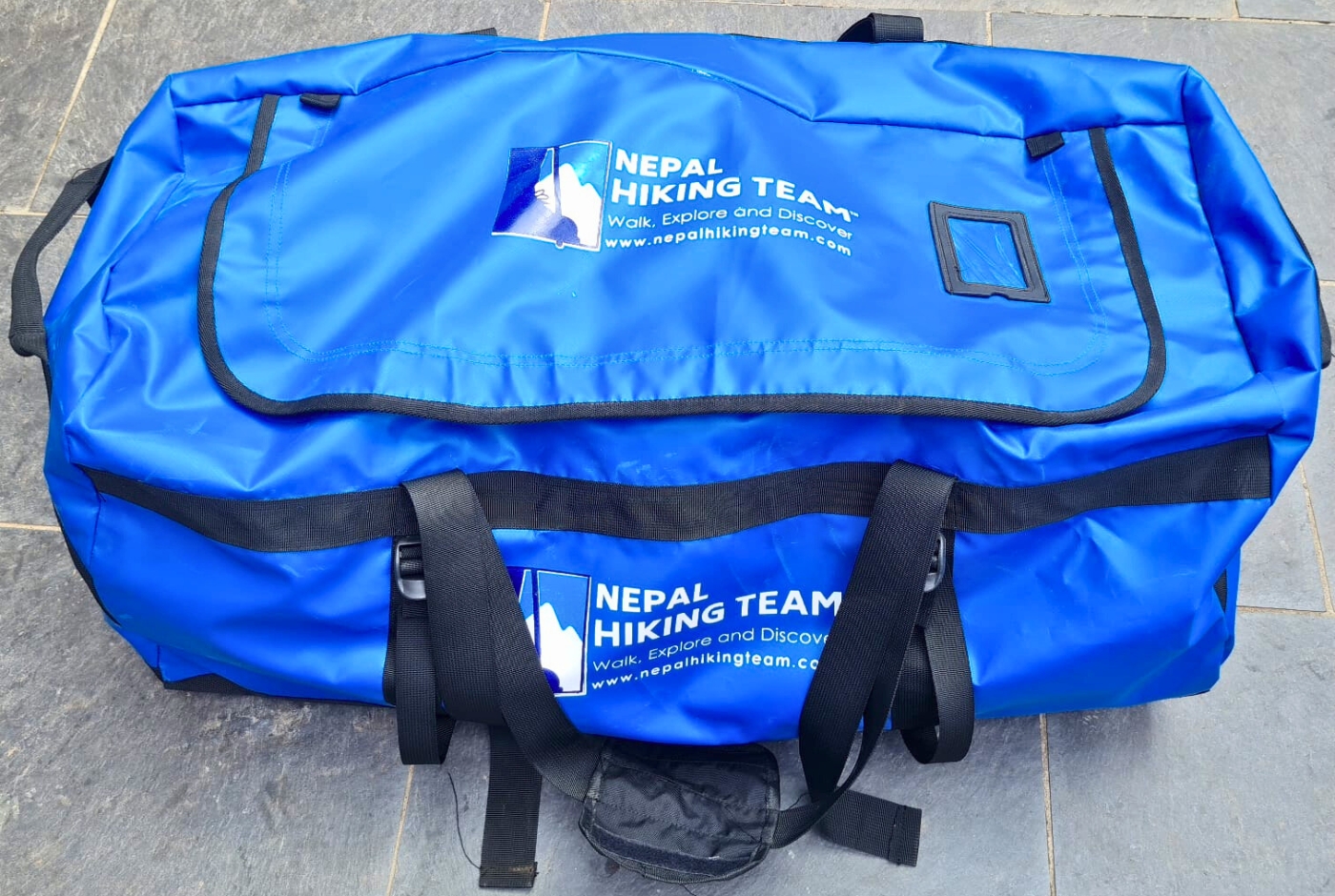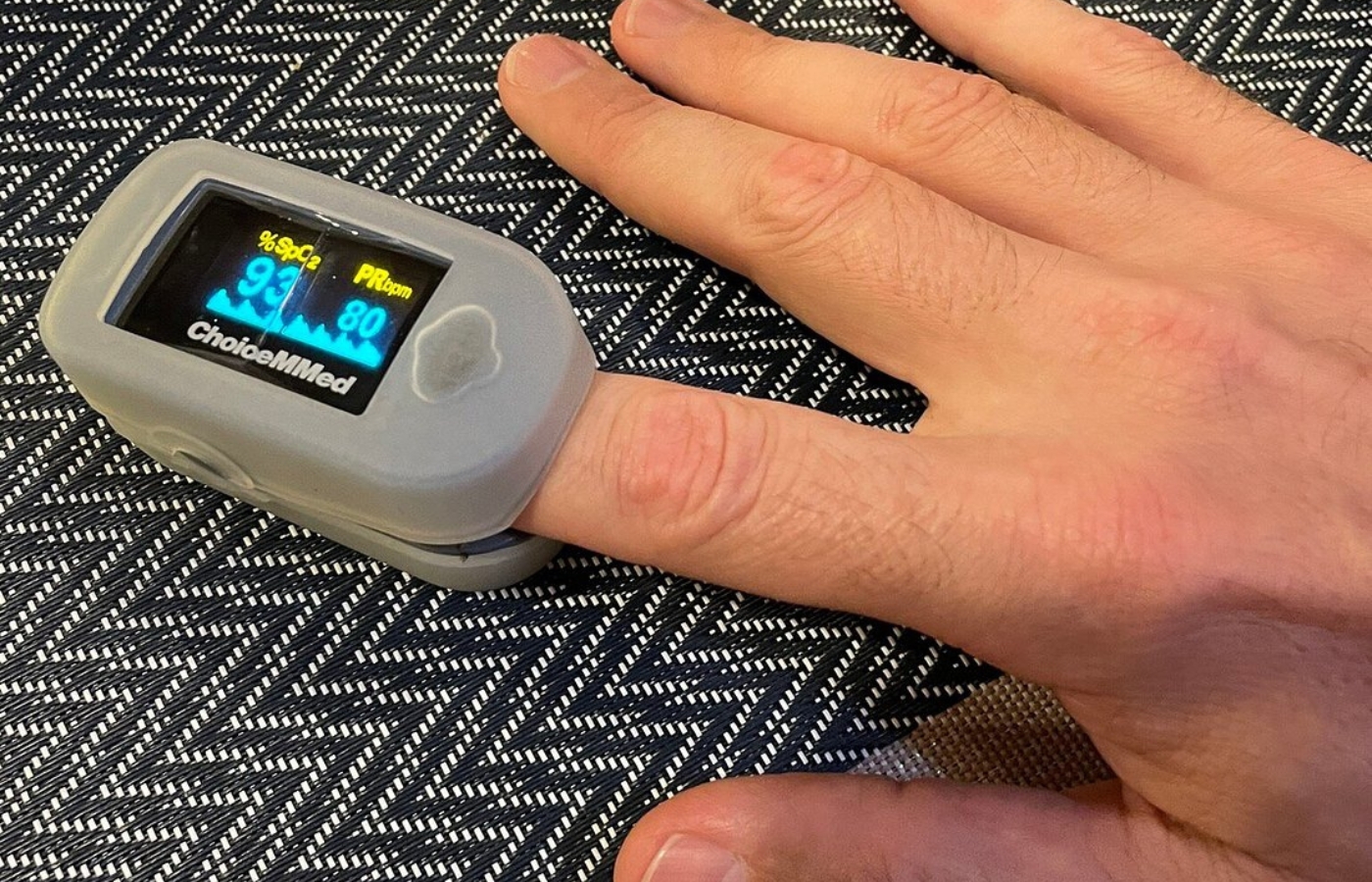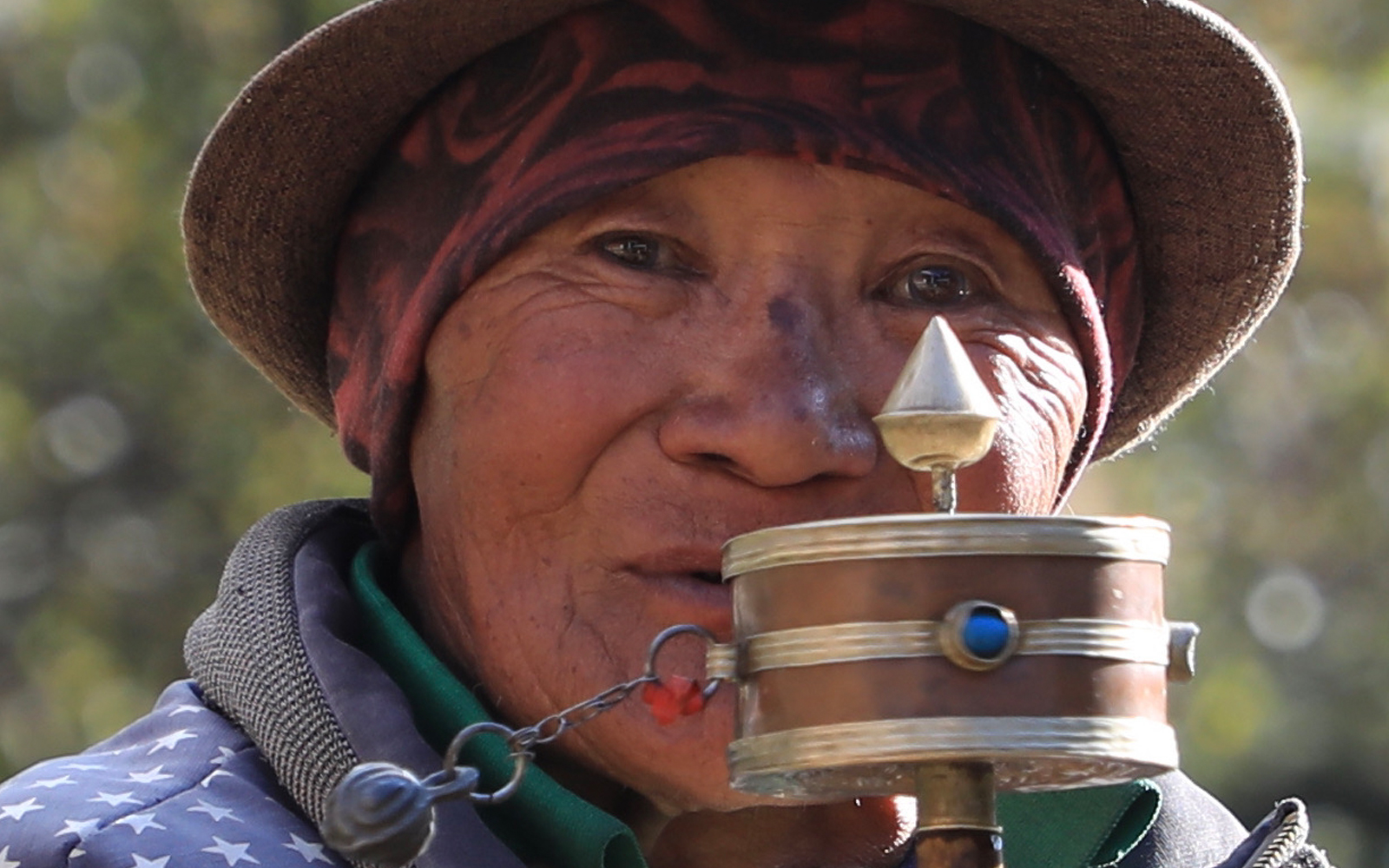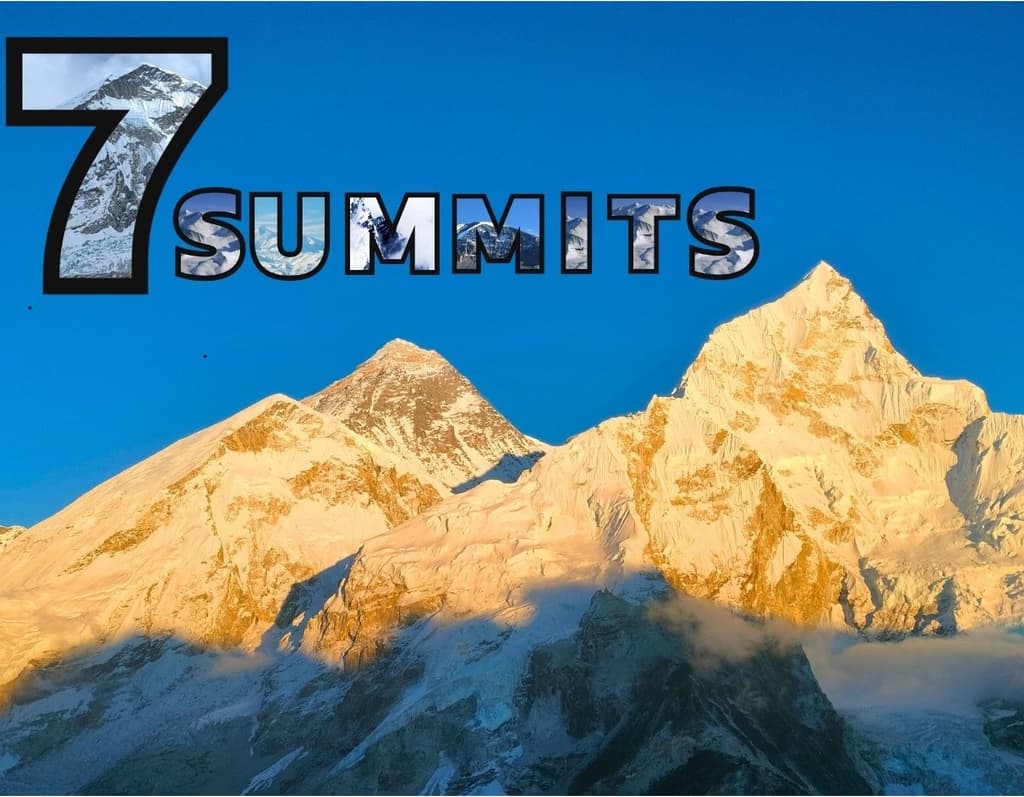So, you’ve decided to come to Nepal and are looking to go on a multi-day hike – also known as a trek. There are many decisions to make, including when to arrive. There are two seasons that are best for trekking, with mostly clear skies and a lower risk of landslides. This is from Mid-September to November and March to May. Being in Nepal at these times ensures that you will experience pleasant daytime temperatures and that it will not be unbearably cold overnight. December to February is not ideal as Nepal’s winter season snow, and freezing temperatures make trekking more difficult. From June to early September, temperatures rise in Nepal, and there are frequent rain showers as this is monsoon season. While it is still possible to trek, you are unlikely to get the same stunning mountain views you would in the fall.
Choosing a Trek
Once you have decided when to arrive, it is time to choose a trek. There are hundreds of routes throughout the country of varying lengths. Some are as short as 5 days, while others can be more than 2 weeks long. Depending on the length of your vacation, other plans in Nepal, and physical fitness, you will be able to find a trek that suits you. You have probably heard about popular treks like the one to Everest Base Camp or maybe Annapurna Base Camp, but there are many other beautiful destinations. Less popular options will mean fewer tourists and that you are more likely to have a more authentic experience meeting locals.
Physical fitness is also an important factor in deciding what trek to choose. While there are treks for people of various fitness levels across the country, each has its own challenges. For those who live in the foothills of the Himalayas, it is an easy walk, but when you do not climb steep hills every day, it might be challenging. Ensure you are in good physical shape before you leave for your trek. You must be ready to walk for at least 6 hours each day over all kinds of terrain. Treks are challenging regardless of your fitness level, so be sure to walk, go to the gym or go for runs leading up to your adventure.
As with all physical challenges, one must take the time to prepare mentally for the walk ahead. Treks can be extreme, and it is not comparable to a one-day hike. It is important to be prepared for challenges, especially relating to altitude. This is not to say that you should be constantly worried and stressed, but you should be aware of the challenges and potential problems you may run into to be prepared to deal with them.
Reading blogs books and hearing stories from people who have gone on treks before will make you more aware of problems you may not have thought of on your own. This will help you to stay calm, even in difficult situations. For example, you may fall ill, not sleep, or not like the food. However, this is all part of the adventure, and in the end, you’ll see those little challenges are what made the trip so special. Being mentally prepared and keeping a positive outlook will help make your trip much more enjoyable.
Nepal Hiking Team can help prepare you for the challenges that lie ahead by providing you with guides, porters, accommodations, and more for your trip. Additionally, they can support you in determining which trek will be the best for you and your fitness level.
What to Pack?
So, you’ve booked your flights, made arrangements for a guide, and are now ready to pack your bags. This is an important step as while many things are available for purchase in Kathmandu, you do not want to forget the essentials.

This includes:
- Backpack
- Daypack
- Hiking boots
- Flipflops
- T-shirts
- Long-sleeved shirts
- Fleece sweater
- Thermal shirts and pants
- Underwear
- Rain jacket
- Down jacket
- Trekking pants
- Trekking socks
- Gloves or mittens
- Trekking poles
- A small towel
- Re-usable water bottle
- Sunscreen
- Sunglasses
- A hat for both sun and warmth
- Toothbrush and toothpaste
- Deodorant
- Facewash
- Dental floss
- Hand sanitizer
- Toilet paper
- Wet wipes
- Any medication you take regularly
- Imodium
- Chewable Pepto Bismol tablets
- Chewable electrolytes
- Ibuprofen or Advil
- Throat lozenges
- Antibiotics (for stomach bugs)
- Altitude sickness meds
- Bandaids
- Some kind of water purification
- Headlamp
- Pocketknife
- Duct tape
- Lighter or matches
- Extra batteries for camera and charging devices
- Phone charger
- Tripod
- Cash
- Camera
Much of this list is self-explanatory; however, there are some things that should be talked about specifically.
Water Safety
Firstly, water is something many people are concerned about and rightly so. The last thing you want is to fall sick due to water-borne illness in the remote mountains. There are many ways to purify water, including water purification tablets, portable purifiers, and systems like LifeStraw. While all work well, there are pros and cons to each. Water purification tablets allow you to drink water, but you usually have to wait some time for them to work, which is not ideal when you are thirsty and come across a stream. Portable purifiers take more setup and add weight to your backpack. LifeStraw is light and works instantly; however, you will not be able to use dissolvable electrolytes with it. My personal choice is LifeStraw and using chewable electrolytes due to the convivence of the system.
While discussing electrolytes, if you are looking to use chewable ones, be sure to bring them from home as they are not readily available in Kathmandu. However, powered ones are easy to find at any pharmacy. Additionally, bring some Imodium and chewable Pepto Bismol tablets, as they can help with any concerning bathroom situations that you may have at some point and are also not easy to find in Kathmandu. While most other medicines are easy to find, it will be much easier for you to bring your usual brands from home and will allow you to feel reassured on the trail when you have familiar products.
Other Important Items
Things like a pocketknife, duct tape, and matches will all come in handy in case of an emergency or if anything needs to be repaired. Boots can get torn, and bags break. You will be grateful to have the supplies necessary when there is not another village for several hours.
Trekking poles might seem like they are for old people, but they truly make walking much easier, especially steep ascents and descents. They are inexpensive and well worth bringing! They are available for purchase or to rent in Kathmandu and will make your trek much easier.
Additionally, you will want to bring snacks such as nuts, dried fruits, jerky, granola bars, and chocolate to give you energy between meals. These are usually easy to find in Kathmandu, so you don’t need to worry about bringing them from home unless there are particular brands that you would like.
Another thing to consider is vaccinations, as there are several recommended for Nepal. This includes Hepatitis A and B, Typhoid fever, Japanese Encephalitis, Rabies, Polio, and Meningococcal Meningitis. Malaria medication may also be suggested; however, this depends on where you are going in the country. If you are traveling to higher altitudes, malaria is not a concern; however, you may want to take precautions if you are visiting southern parts of the country.
At the time of writing, Nepal required foreigners to have two doses of a Covid-19 vaccine in order to be issued an on-arrival visa. If you are unvaccinated, you will need to apply for a visa from the Nepal embassy nearest to you. There are also additional quarantine requirements for those who are unvaccinated against Covid-19.
Altitude Sickness and Insurance
While discussing health issues, you should be prepared to deal with altitude sickness. This is a real problem, especially on treks that go above 4000 meters. To prevent falling ill, be sure to drink lots of water, as the higher the altitude, the drier the air is. You should also avoid alcohol and drugs as this can increase symptoms of altitude sickness. Ensure that you eat on time as well, your body will be working hard, and it is important to fuel it. Lastly, take it slow. Everyone needs time to acclimate, and sometimes this takes a few days to properly occur. Keep an eye out for symptoms such as headaches, vomiting, nausea, dizziness, and fatigue. If you are showing symptoms, tell your guide immediately, as altitude sickness is very serious.

Due to things like altitude sickness, you will be needing insurance. This is especially important when going on a trek in Nepal as you will be in remote areas of the country where there are no medical facilities and in the unfortunate event that you require treatment, the helicopter will be the only means of transport. Trekking is physically demanding, and injuries do occasionally happen. There is also the chance of falling ill due to the altitude.
There are many medical insurance packages available, however, be sure to check with your provider that your insurance will cover you at high altitudes. Most general insurance only covers accidents up to 3000 meters, and your trek likely will take you above that. This is very important for all adventure activities in Nepal to ensure that you receive the proper care, and is well worth it, as helicopter evacuations are extremely costly.
Culture and Language

Lastly, as you settle into your seat on the plane, you may want to learn about the culture in Nepal. While Nepal is a small country, there are many cultures spread throughout the country. For example, in the mountains, most people will be Buddhist, despite the majority of Nepal is Hindu. Additionally, it is important to understand Nepalese viewpoints in terms of clothing. While shorts are generally acceptable for men to wear in hot weather, women should avoid exceptionally short shorts, and everyone should avoid very tight-fitting clothing. While the places you will be traveling will probably be used to foreigners, dressing appropriately is a great way to show respect for the locals.
You may also want to learn a handful of Nepali words as this will delight many people that you will interact with. The standard greeting in Nepal is “Namaste,” which is easy enough. If you would like to learn some more phrases, things like “dhanyabad” is thank you; however, it is quite formal. There are lots of websites and small translation books that you can use to learn other words; however, your guide will speak English or other languages if you require.
Trekking in Nepal is exciting, fascinating, thrilling, and incredible. While there is lots to do to prepare for an adventure like this, it is well worth it, and you can always reach out to the Nepal Hiking Team for advice and assistance in organizing your trek. Lastly, and most importantly, enjoy your time and take lots of photos – spending days in the foothills of the highest peaks in the world does not happen every day!



Post a Comment